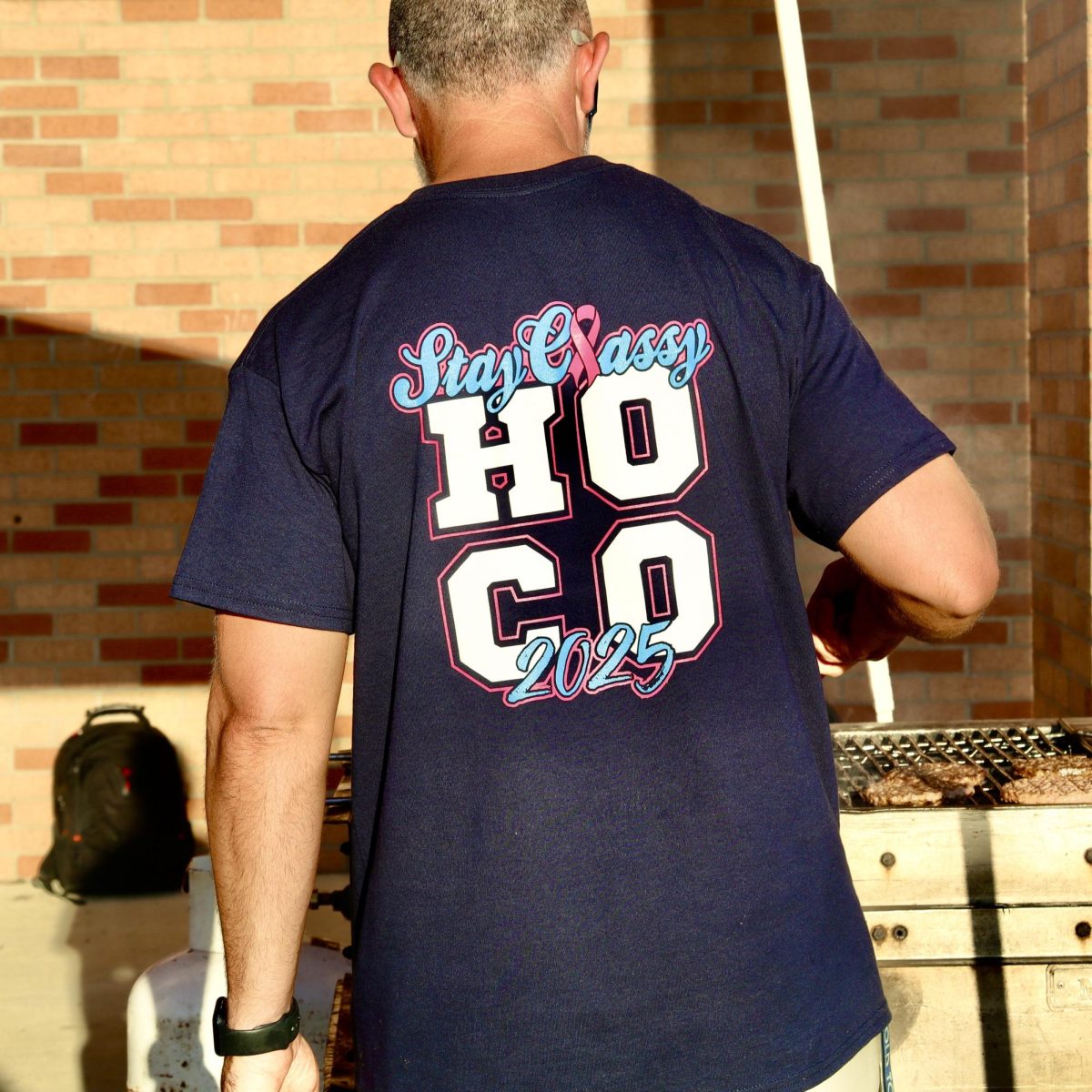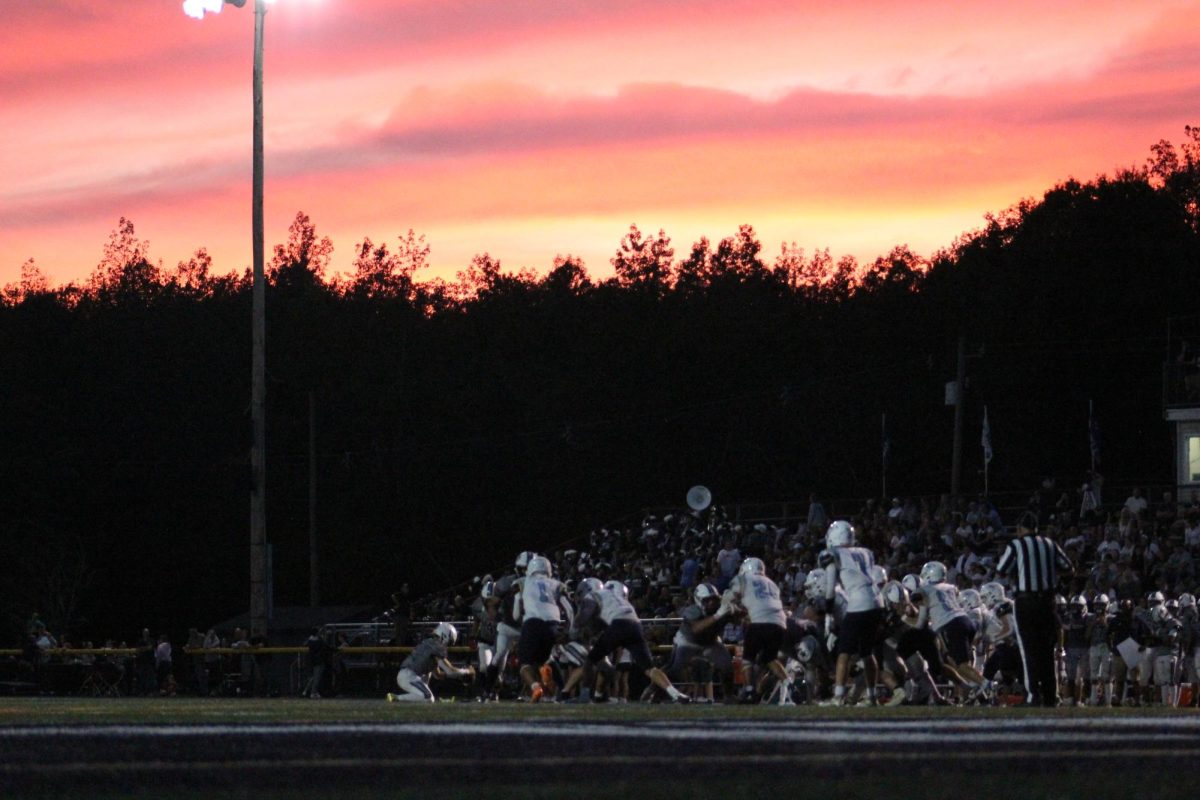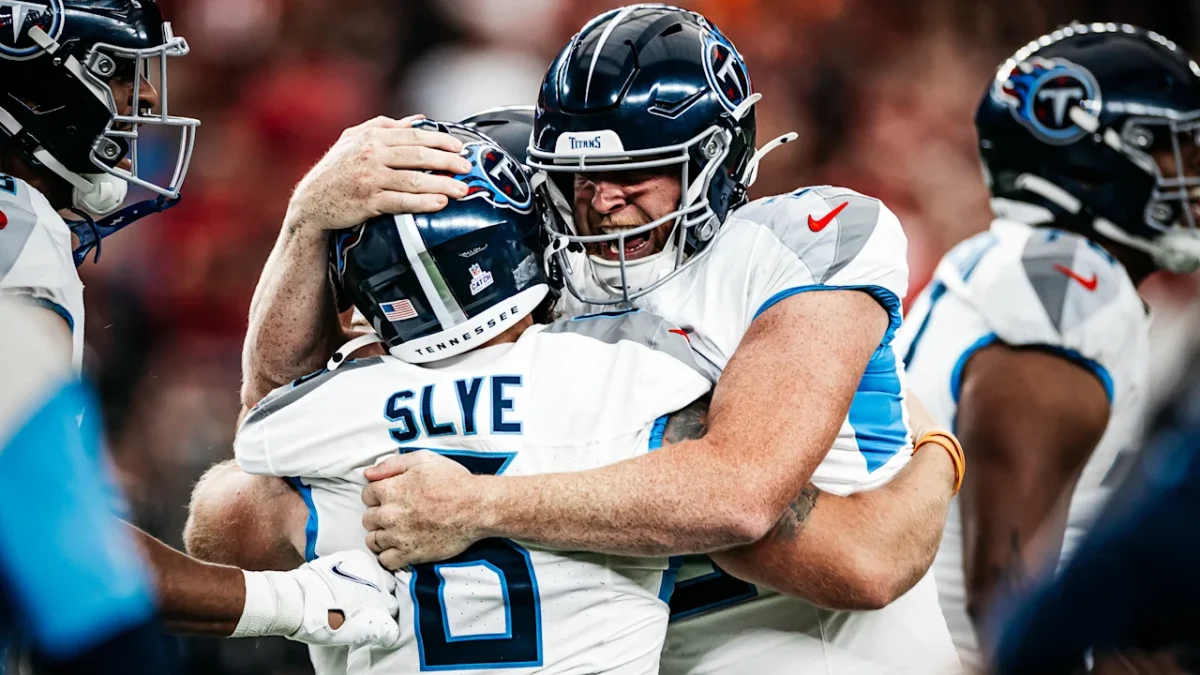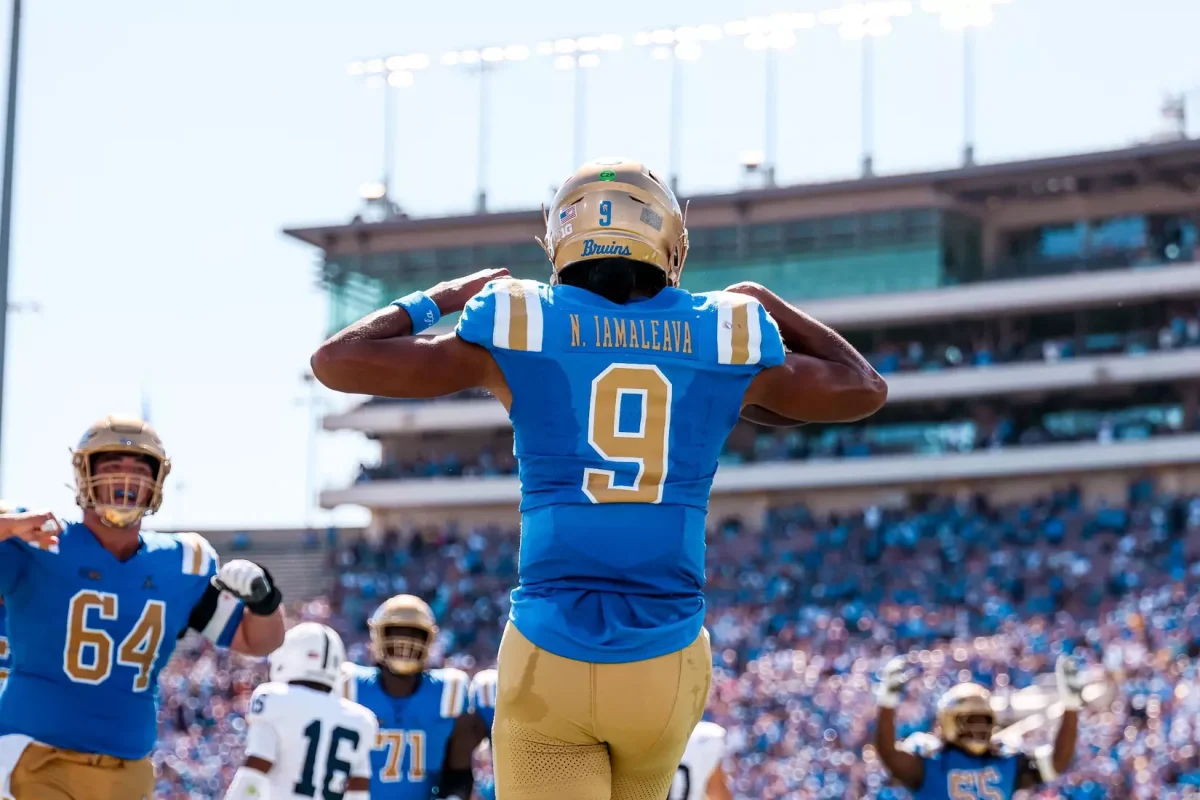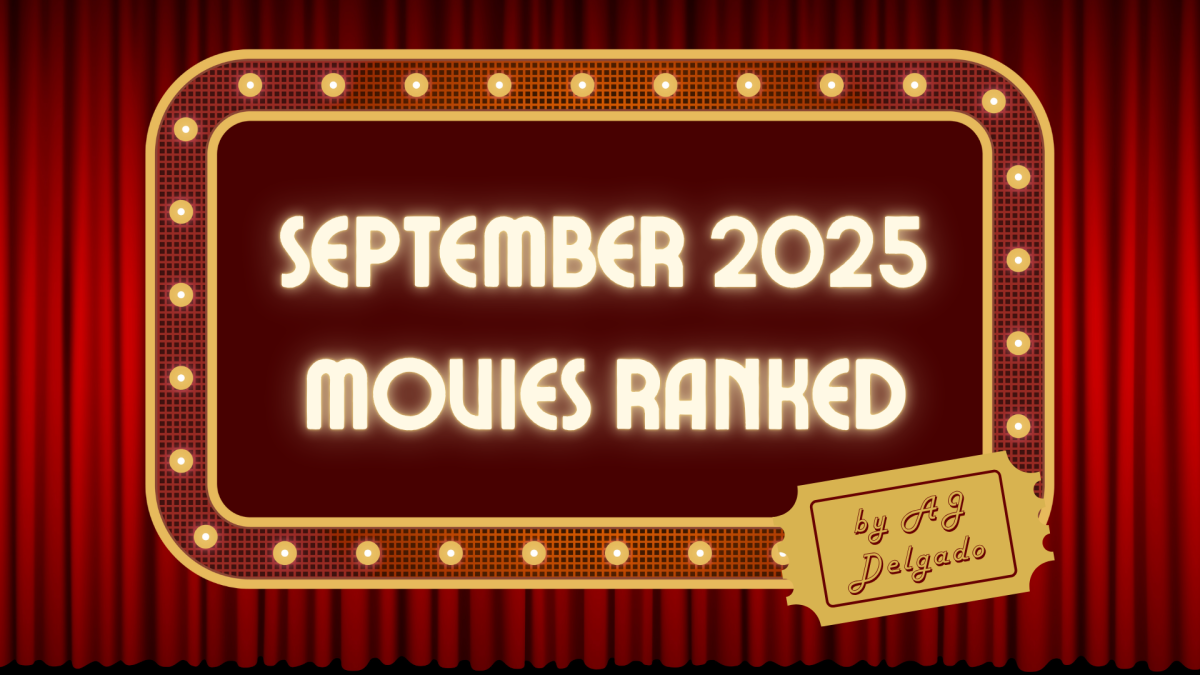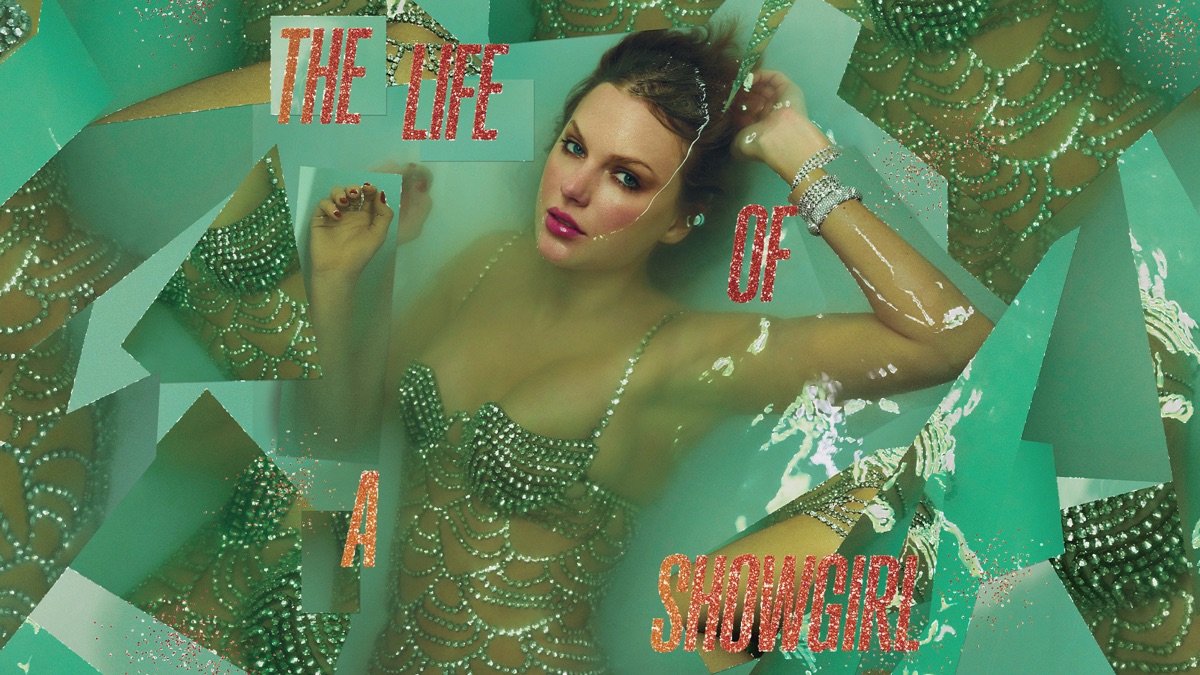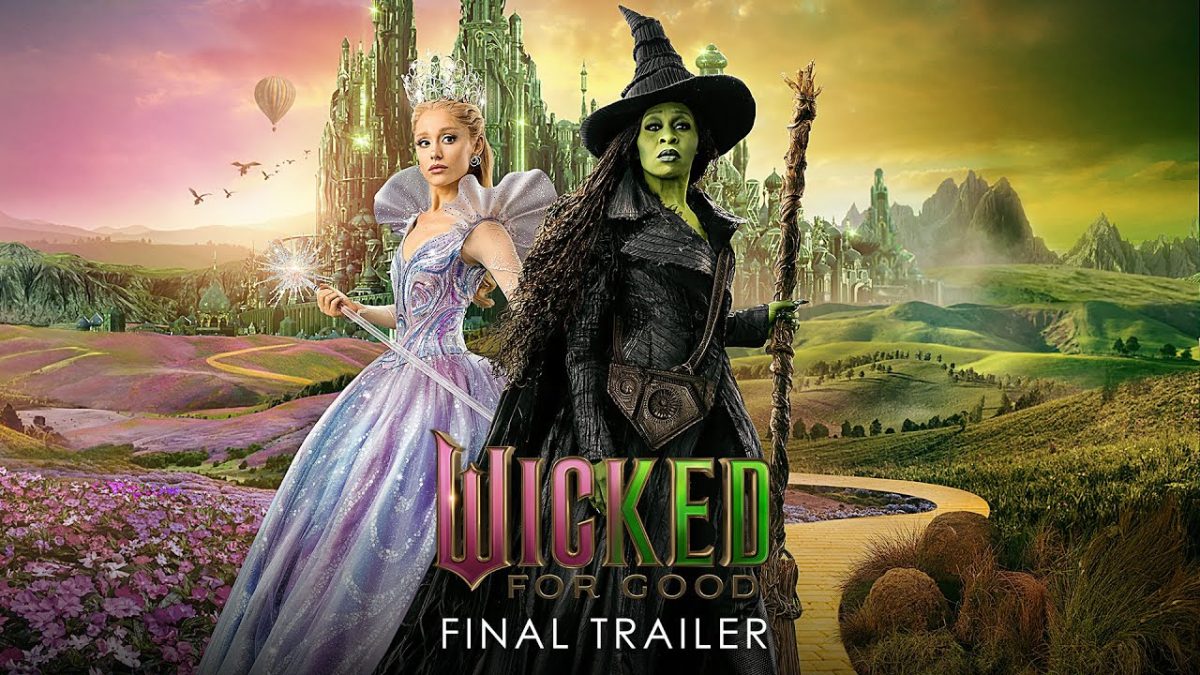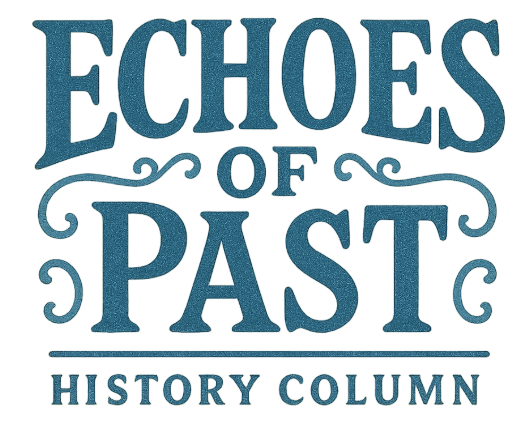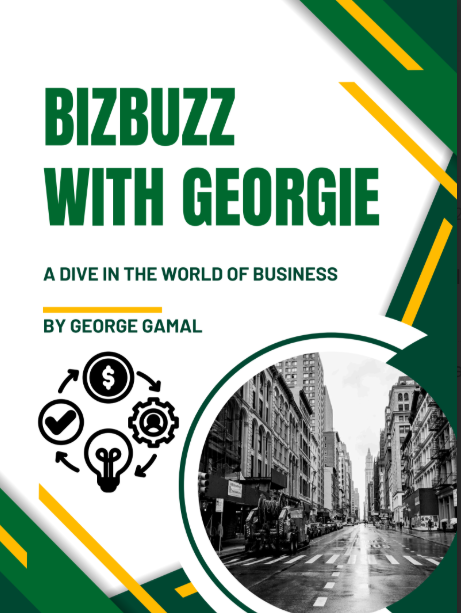Reed Books: Calvin and Hobbes
November 7, 2021
The Calvin and Hobbes comics by Bill Waterson, originally spanning from 1985-1995 and now captured in various collections like The Essential Calvin and Hobbes, are charming tales that cash in on the nostalgia of late 20th century America. Calvin, the six-year-old boy and protagonist, never grows up; neither does his stuffed tiger Hobbes, who accompanies him on various adventures. His parents, house, and grade somehow stay the same ten years in a row; that’s kind of the point.
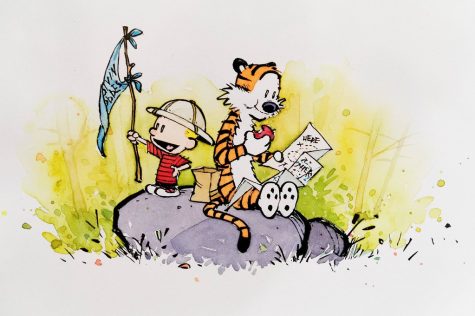
What keeps these comics timeless is their removal from real-world politics and current events. Calvin has a couple of classic one-liners referential to the then-current political landscape, but they’re only present to contradict his youth as a point of comic relief. They’re punchlines, not political points. Waterson never discusses any current political figures or stances; in a way, that also shows Calvin’s youth, reminding us of a time before adulthood, a time before we had to be aware of politics at all (though, to be fair, this only applies to considerably privileged children like Calvin; marginalized groups have to be aware as soon as they enter the world).
Similarly, it’s nice to see a progressive marriage from the 80s and 90s that isn’t ridden with sexism. Calvin’s mom is a normal woman, with flaws and motivations and personality, just as his dad is. There’s no domestic abuse or any signs of disrespect between the two; they have their arguments, but mostly about who’s at fault for Calvin’s various character flaws. In a way, these comics create a stable home life, both for Calvin and the readers.
And the artwork in the comics is marvelous, of course. Waterson uses detailed, photorealistic artwork for Calvin’s imaginary worlds (featuring mostly dinosaurs and/or spaceships), but uses simplistic drawings for the real world. Automatically, the readers can sympathize with Calvin; who wouldn’t want to constantly daydream if their daydreams looked like that?
Calvin and Hobbes isn’t just nostalgia, it’s clever nostalgia. Waterson’s whole shtick with these works is juxtaposition: Calvin’s college-level words and kindergarten-level intelligence, the photorealistic dinosaurs and stick-figure teachers, the names Calvin and Hobbes, great philosophers, and our Calvin and Hobbes, the first-grader and stuffed animal, respectively. Waterson’s use of irony elevates these comics a step above most other newspaper comedies.








